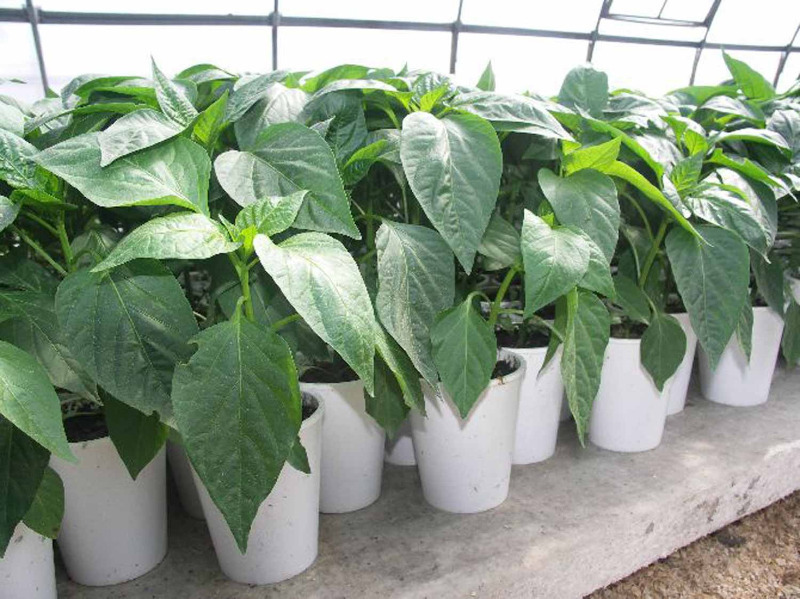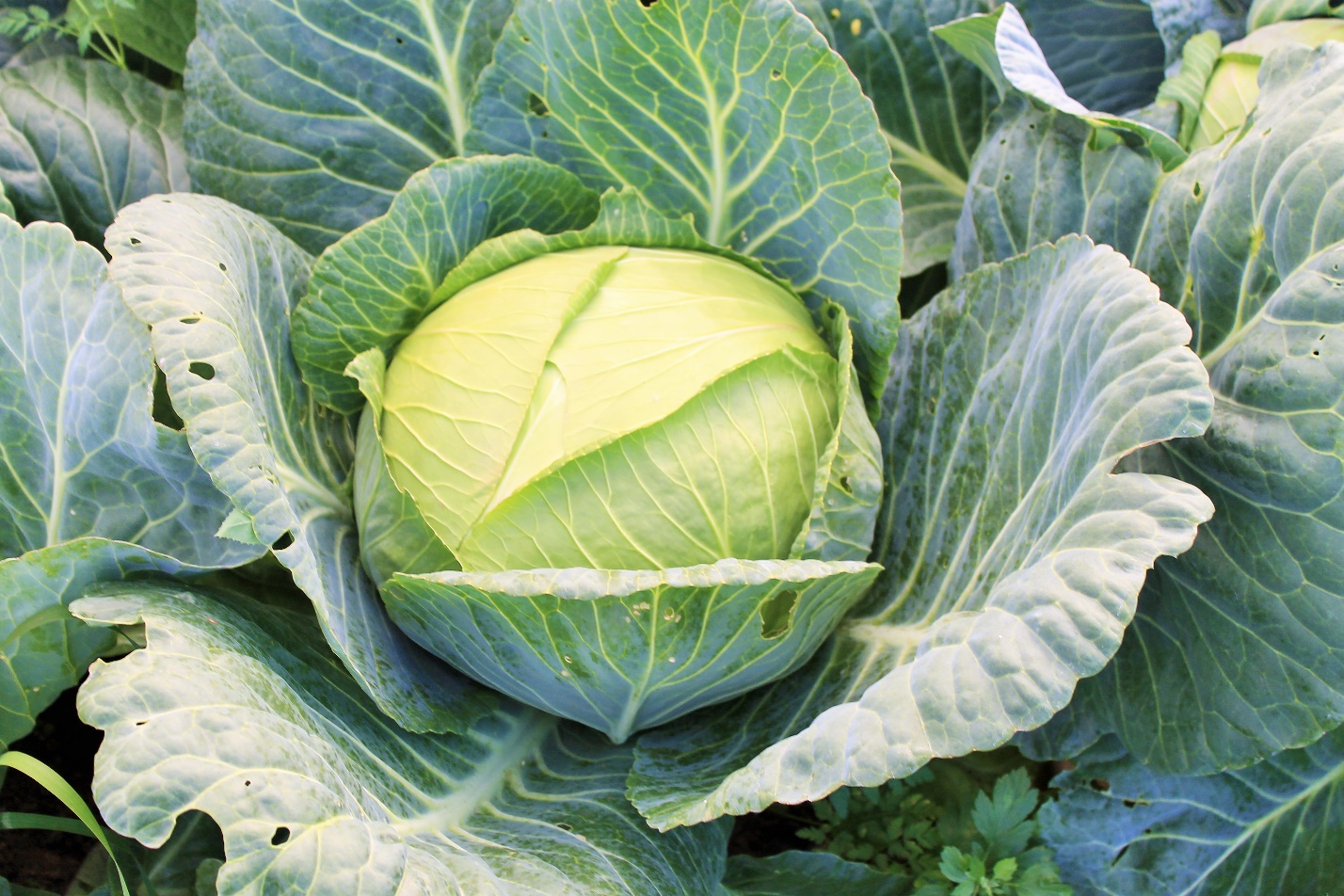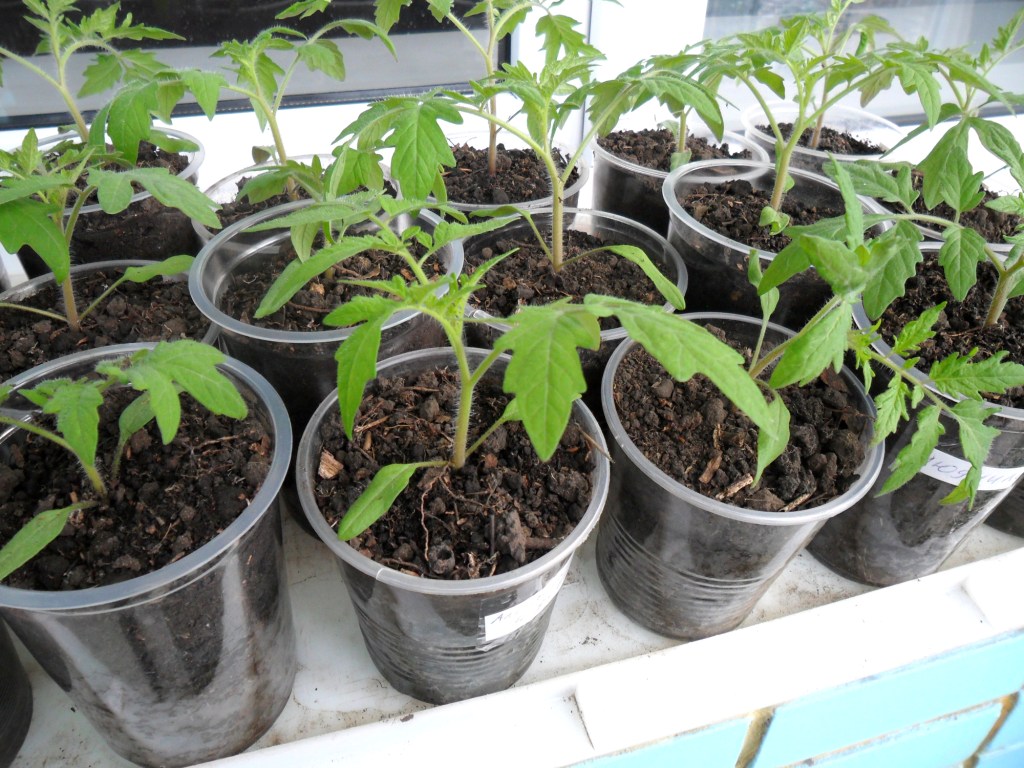Pepper is a very popular but capricious crop in cultivation. The seeds of this plant are distinguished by their tightness, and germinated seedlings can die if not properly cared for. In order to grow healthy seedlings, you need to follow the basic rules of agricultural technology.

Sowing in the affected soil
If the soil that is used for seedlings of peppers was taken from open ground, there is a chance that it is contaminated. This soil is home to many microorganisms. Some of them are useful, while others are causative agents of various diseases. Bacteria that decimate the health of mature plants wreak havoc on newly hatched seedlings.
Fusarium is a common disease affecting seedlings. This fungus begins to attack plants with the emergence of seedlings. The leaves turn yellow and lethargic, and the stem becomes depleted and sinks down. Saplings quickly die in such soil, and if they take root, they give a poor harvest. With a small lesion, they can be treated with special drugs (agate-25K, phytosporin). However, if this does not help, then it is better to transplant healthy plants, and get rid of the infected ones.
In order not to infect seedlings with pathogenic microorganisms from open ground, treat it thoroughly before sowing seeds. Better yet, buy a ready-made substrate in the store.
Planting empty seeds
It takes a long time for pepper seeds to sprout. Therefore, you should not spend it on planting empty seeds that will definitely not sprout. And if they do, they will not be able to develop normally. Before sowing, you need to check the quality of the seeds.
During a preliminary visual inspection, discard darkened and chipped seeds. Then you should divide the remaining ones by size. Small seeds take longer to germinate than large ones. Therefore, it is better to plant them separately.
After that, you need to get rid of the defective empty seeds that could not be detected by visual inspection. To do this, dilute 1 tablespoon of salt in 500 ml of water and mix thoroughly. The inoculum is immersed in the resulting solution and left for 5-7 minutes. After that, the seeds need to be mixed. The specimens that come up are empty and will not germinate. And those that sink to the bottom can be planted.
Oversupply of fertilizers
It is enough to feed seedlings of peppers only twice before planting in open ground: soon after emergence and after a dive. However, some gardeners are afraid of "not feeding" the seedlings and begin to abuse fertilizers. As a result, they begin to "fatten". At first, plants actively grow green mass to the detriment of flower bud formation. Then they bow down to the ground.
If you notice that your seedlings are suffering from excess fertilization, take steps to restore them. It is necessary to stop feeding and reduce the amount of watering. You may need to transplant into new soil.
Thickened plantings
It is best to initially plant the plants in separate containers so that they do not exactly interfere with each other. If the seedlings have to coexist, make sure that the plantings are not too dense. Plants must have enough room for normal root development. So they will not "fight" among themselves for the territory and will receive from the land the nutrients necessary for normal development.
Thickening the plantings is also not worth it because the overgrown seedlings will cover each other with leaves from the sun. Due to the lack of light, the plants will stretch and weaken, after which they will bend on their side. The land they grow on will be in constant shade. Water from it will evaporate poorly, which will create a favorable environment for the development of mold.
Wrong temperature
Peppers should be in moderate heat for normal growth. Temperatures that are too high or too low cause seedlings to wilt quickly. When placing plants on the windowsill, it should be borne in mind that a cold wind can blow from the window.
The greatest damage is caused by cold and sudden changes in temperature to young seedlings. In the root system of plants, metabolic processes are inhibited, they weaken and wither. The optimum temperature for seedlings of peppers is from +16 to +25 ° C.


